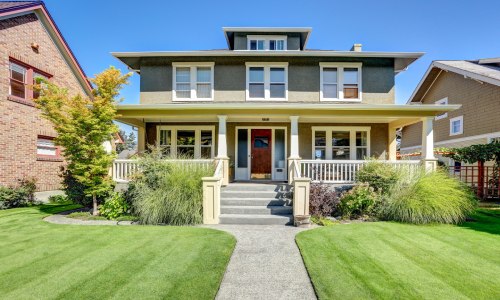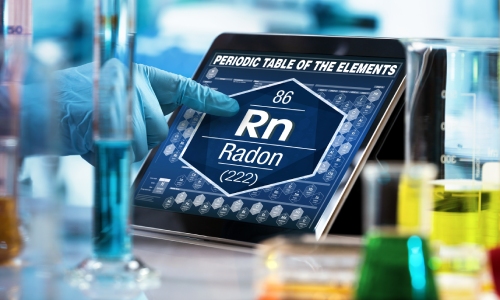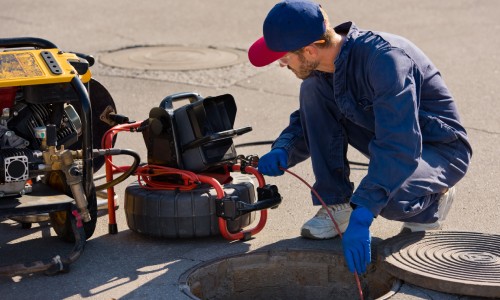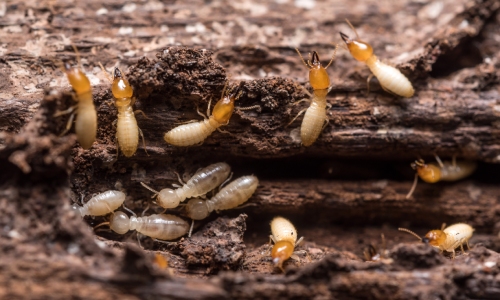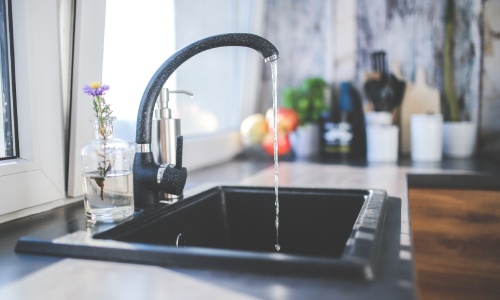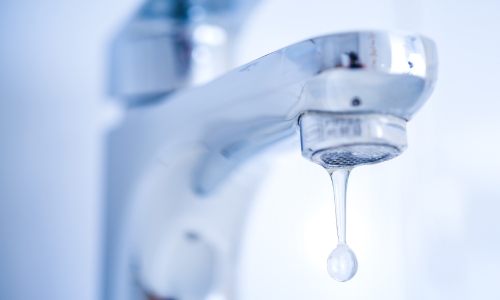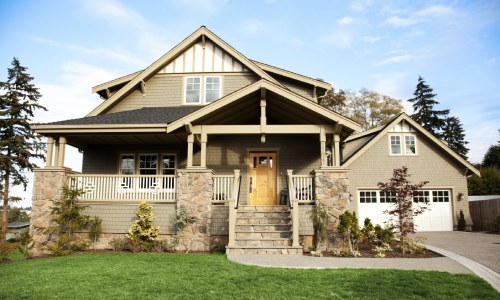A home inspection typically includes a visual examination of the home’s major systems and components, including:
Structural components: The foundation, walls, floors, and roof of the home are all inspected to ensure that they are in good condition and do not have any major defects.
Electrical system: The home inspector will check the wiring, outlets, and electrical panel to ensure that they are safe and up to code.
Plumbing system: The home inspector will check the pipes, water heater, and other plumbing fixtures to make sure that they are functioning properly.
Heating and cooling systems: The home inspector will check the furnace, air conditioning unit, and any other heating and cooling systems to make sure that they are in good working order.
Roof: The home inspector will examine the roof for any signs of damage or wear and will check the gutters and downspouts to ensure that they are functioning properly.
Appliances: The home inspector may also inspect appliances, such as the stove, oven, and dishwasher, to ensure that they are in good working order.
Insulation and ventilation: The home inspector will check the insulation and ventilation to ensure that they are adequate and up to code.
Windows and doors: The home inspector will check the windows and doors to ensure that they are properly sealed and functioning as intended.
Pest infestations: The home inspector may look for evidence of pests, such as termites or rodents, which can cause significant damage to the home if left unchecked.
Environmental hazards: The home inspector may also check for environmental hazards, such as radon or mold, which can affect the health and safety of the home.





